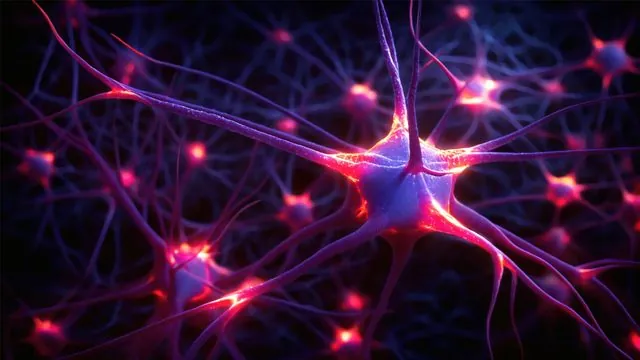
Unlocking Alzheimer's: How Genetic Factors Sabotage Brain Cells' Cleanup Crew
2025-09-05
Author: Wei
Introduction to Microglia and Alzheimer's Research
A groundbreaking study from the USF Health Byrd Alzheimer’s Center sheds light on how certain genetic variations can impede the brain’s cleanup crew, increasing the risk of Alzheimer’s disease.
Meet the Microglia: Your Brain’s Pac-Men
Visualize microglia as the Pac-Men of your brain, tirelessly gobbling up harmful proteins and debris to maintain a well-functioning neural environment. Gopal Thinakaran, PhD, who leads the Byrd Institute, likens these immune cells to a city’s sanitation crew, ensuring that everything runs smoothly amid the hustle and bustle of neural activity.
The Struggle of Aging Microglia
With age and disease, these once-efficient scavengers struggle to keep up. As they become sluggish and filled with lipids, their ability to clear out toxins diminishes, leading to a cascading effect that raises the risk of Alzheimer’s.
The PICALM Gene: A Double-Edged Sword
At the heart of this study is the PICALM gene, known to significantly influence Alzheimer’s risk. Researchers discovered that a variation in this gene hinders microglial function, resulting in a troubling buildup of cholesterol and lipids in the brain.
Groundbreaking Findings and Future Implications
Ari Sudwarts, PhD, highlights that understanding how the PICALM gene interacts with brain cells opens new avenues for pharmaceutical development. This genetic insight is as critical as the mutations linked to cancer—some genes directly cause the disease, while others simply heighten risk.
Navigating Genetic and Lifestyle Interactions
The complexity of Alzheimer’s extends beyond genetics. Thinakaran emphasizes lifestyle choices—exercise, education, and engagement—as factors that alter individual risk profiles, making it challenging to isolate genetic contributions.
The Role of Advanced Research Techniques
Recent decades have seen significant advancements in genetic research techniques, allowing scientists to pinpoint 'hotspots' within genes like PICALM that elevate Alzheimer’s risk. This extensive research includes collaborations between top institutions, aiming to better understand how these gene variants lead to disease.
Insights into Microglial Dysfunction
In their dual-lab studies, researchers uncovered that the major allele of PICALM leads to reduced levels of the PICALM protein within microglia, compromising their organelles responsible for waste disposal. This dysfunction causes an alarming accumulation of lipid droplets, preventing effective immune responses in the brain.
Conclusion: A New Piece of the Alzheimer's Puzzle
The findings underscore the critical role of microglia in brain health and Alzheimer’s pathology. As Thinakaran states, identifying these risks paves the way for a clearer understanding of how lipid dysregulation contributes to diminishing microglial efficacy, ultimately bringing researchers one step closer to unlocking the mysteries of Alzheimer's disease.


 Brasil (PT)
Brasil (PT)
 Canada (EN)
Canada (EN)
 Chile (ES)
Chile (ES)
 Česko (CS)
Česko (CS)
 대한민국 (KO)
대한민국 (KO)
 España (ES)
España (ES)
 France (FR)
France (FR)
 Hong Kong (EN)
Hong Kong (EN)
 Italia (IT)
Italia (IT)
 日本 (JA)
日本 (JA)
 Magyarország (HU)
Magyarország (HU)
 Norge (NO)
Norge (NO)
 Polska (PL)
Polska (PL)
 Schweiz (DE)
Schweiz (DE)
 Singapore (EN)
Singapore (EN)
 Sverige (SV)
Sverige (SV)
 Suomi (FI)
Suomi (FI)
 Türkiye (TR)
Türkiye (TR)
 الإمارات العربية المتحدة (AR)
الإمارات العربية المتحدة (AR)